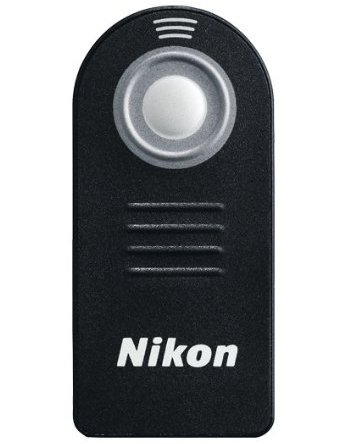Release mode allows you to choose how you want to release the shutter of your camera. D7000 lets you choose from Single frame, Continuous mode, Self-timer mode, Remote control mode, Quiet mode and the vibration-damping Mirror Up mode.
D7000 Release Mode
D7000 also comes with the release mode dial lock which prevents from changing modes accidentally. When you want to change the release mode, all you have to do is press the release mode dial lock release button on the left side of release mode dial (at the top-left edge of the camera) and rotate the release mode where you want to set to. Let’s get into the release modes that are available in Nikon D7000 and talk about them briefly.
1. Single frame: In a single shot (S) mode, the D7000 takes one picture each time you press the shutter release button all the way down. If you are shooting in Autofocus mode, your subject should be properly focused before you press the shutter release button all the way down otherwise it won’t click the picture. All the camera comes with the default setting to release the shutter only when the subject is properly focused (you can change this setting to give the shutter release a priority without getting subject in focus but why would someone do that, right?)
2. Continuous low speed (CL): This mode allows you to shoot bursts of 1 to 5 frames per second. This frame rate can be set in Custom Settings Menu #d6.
3. Continuous high speed (CH): You can shoot at up to 6 fps in this mode. While taking pictures in this mode, frame rate can slow down if camera’s memory buffer fills. This can force the camera to wait until some of the pictures which you have already taken are written to the memory card, freeing up more space in the buffer. Shutter speed slower than 1/250th second can also decrease the frame rate.
4. Quiet shutter release: When you switched D7000’s release mode to quiet mode indicated by letter Q, it silences the camera’s beep noise, reduces the mirror sound it makes when it flips back down, and delays that “noise” until you release the shutter button.
5. Self-timer: Self-timer mode can be used to delay the shutter release by few seconds once the shutter release button is pressed. This feature can also be used as an alternative of remote release to reduce the camera shake while taking long exposure photographs using tripod. You can specify the delay of 2 sec, 5 sec, 10 sec or 20 sec by navigating through CSM #c3. You can also set the number of shots taken and the interval between each shot.
6. Remote control: Remote control release mode can only be used when you want to use the Nikon Wireless remote control, ML-L3, to remotely control the shutter release button. You don’t have to use this mode when using Nikon MC-DC2 wired cable for the shutter release. The remote control can be used in three modes: Delayed Remote (shutter releases two seconds after you press the button on the ML-L3 IR remote); Quick Response Remote (the shutter trips immediately when the button is pressed); and Remote Mirror Up (press once to flip up the mirror, and the second time to release the shutter).
7. Mirror Up (Mup): When this mode is selected, pressing the shutter release button all the way down once lifts the mirror and pressing it again takes the picture and returns the mirror to it’s down position.




